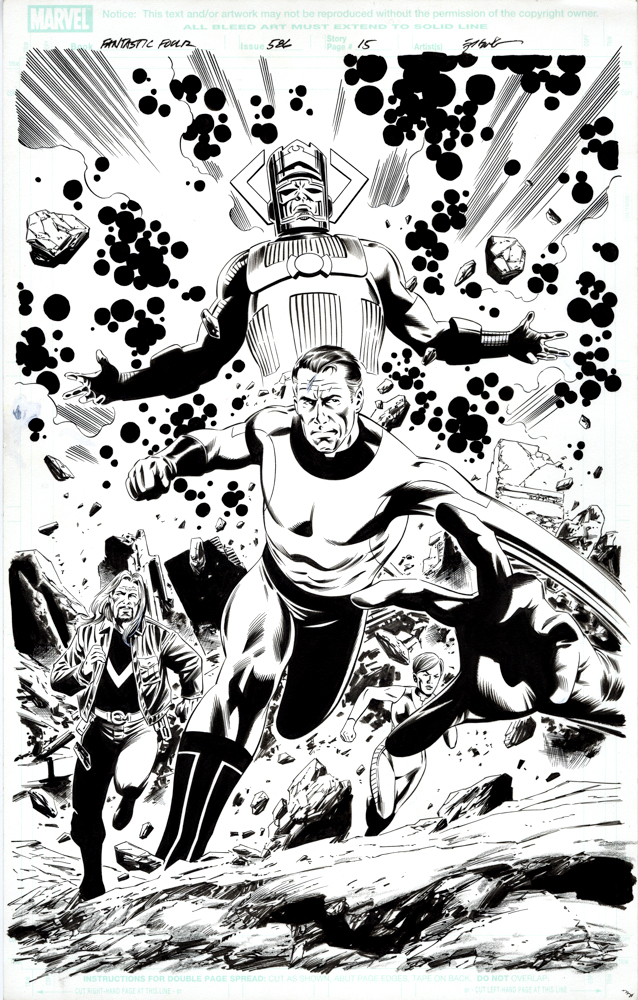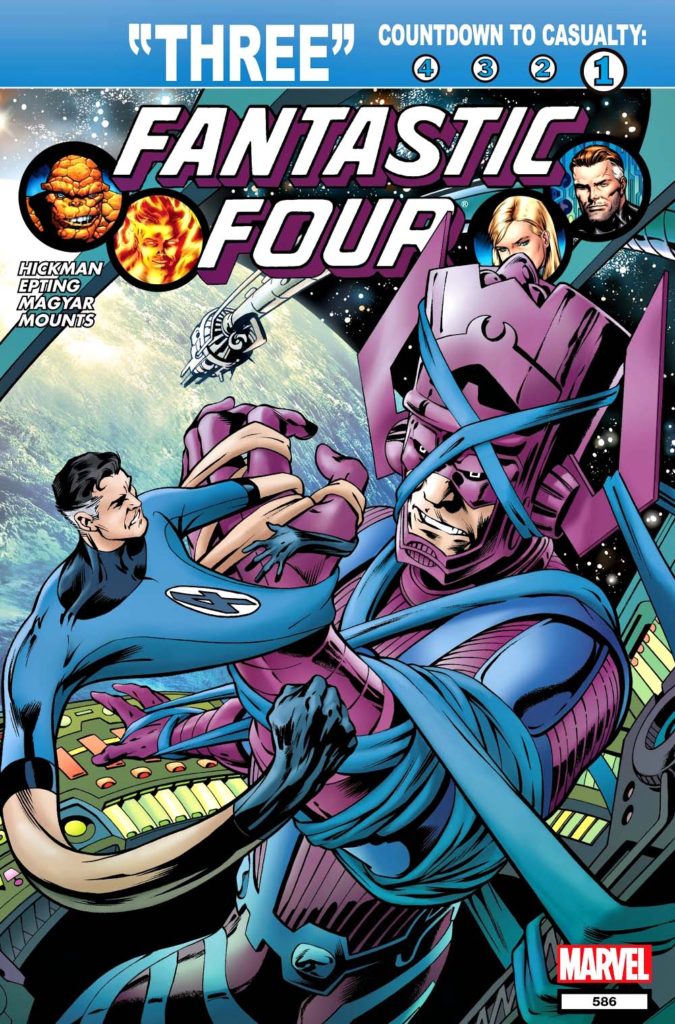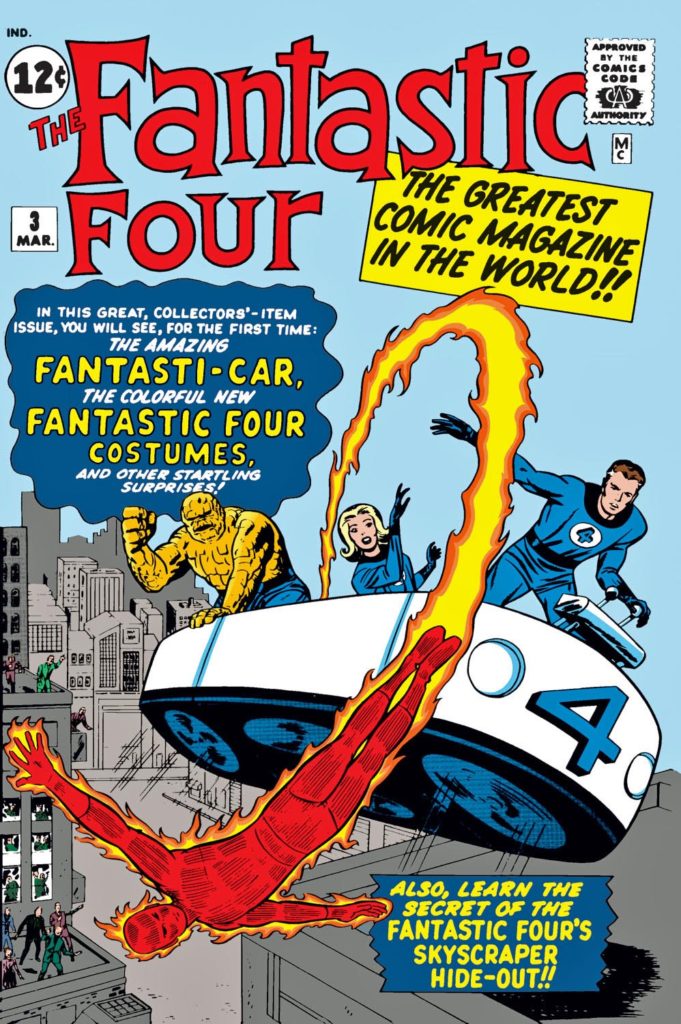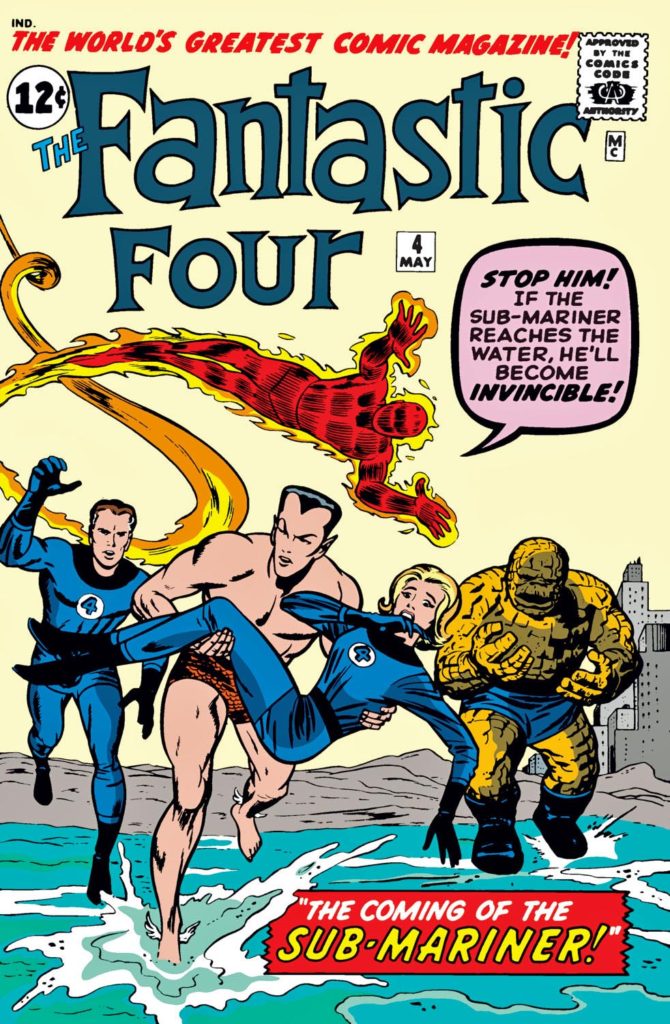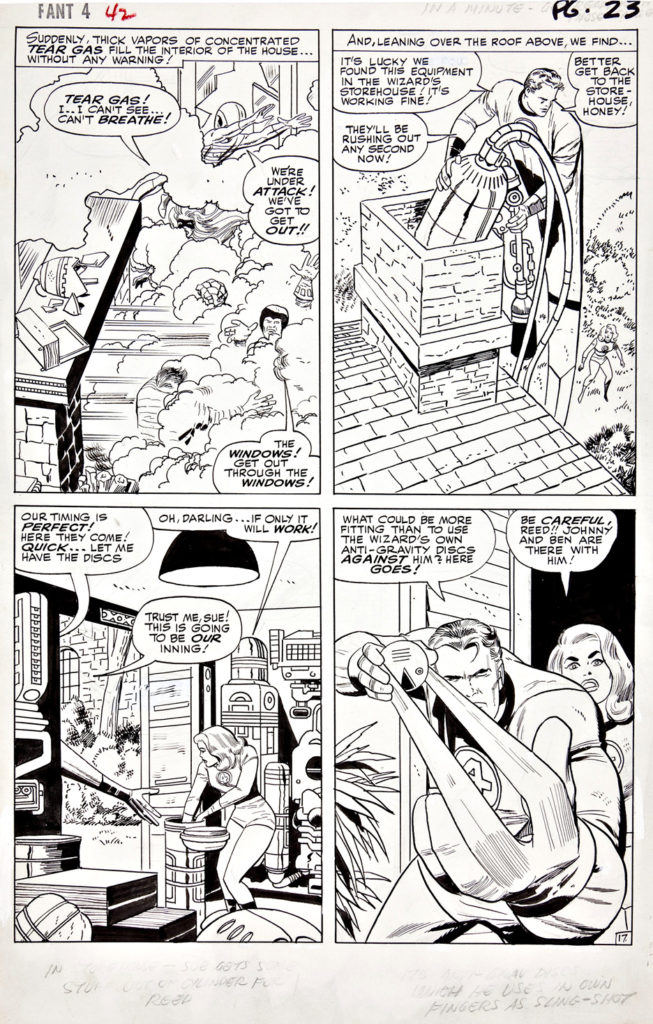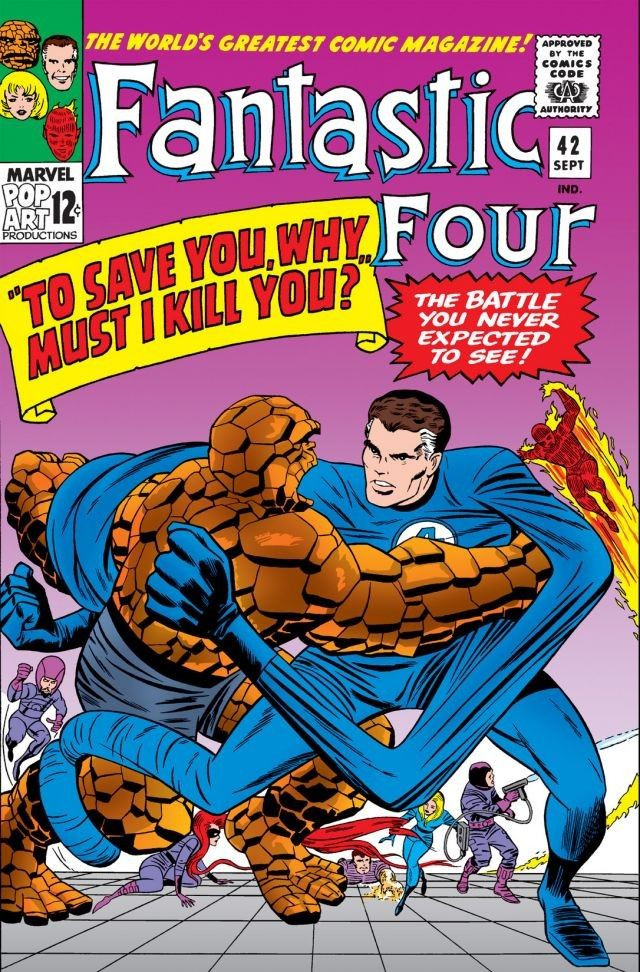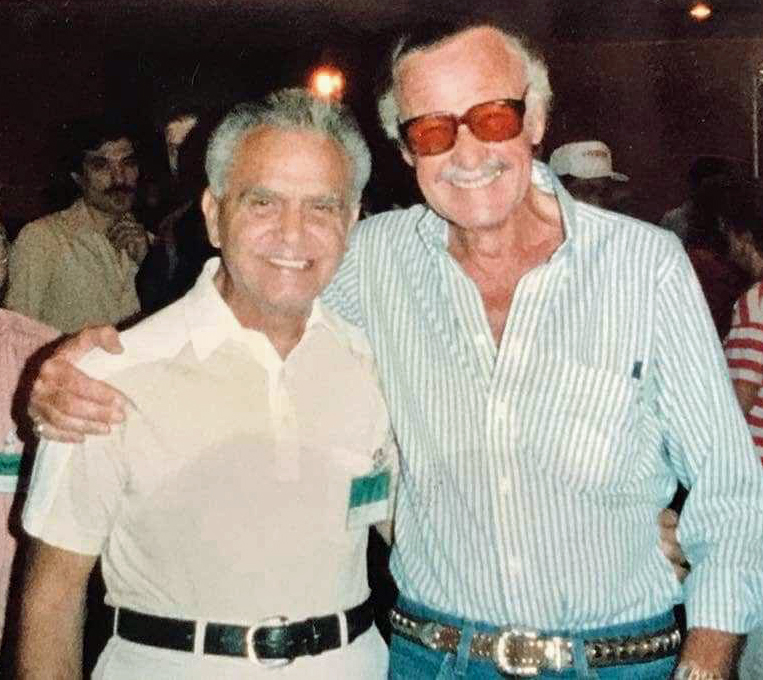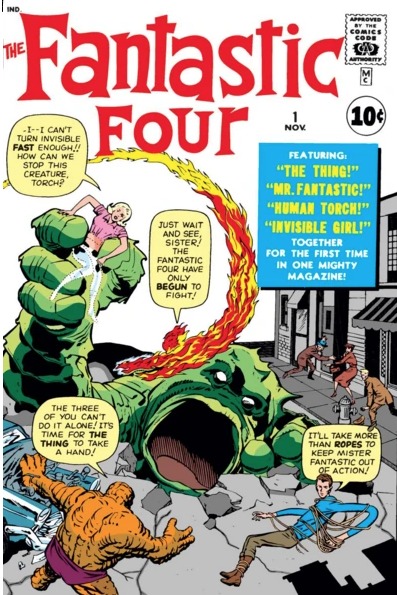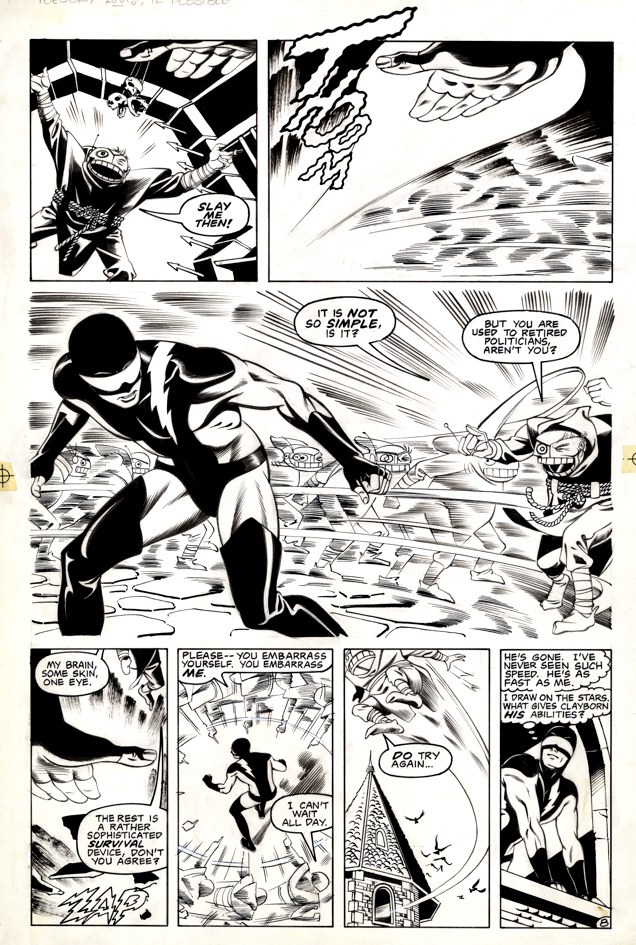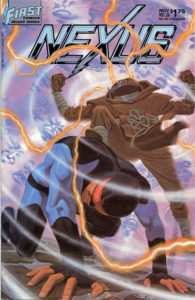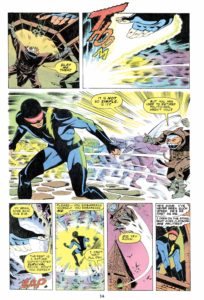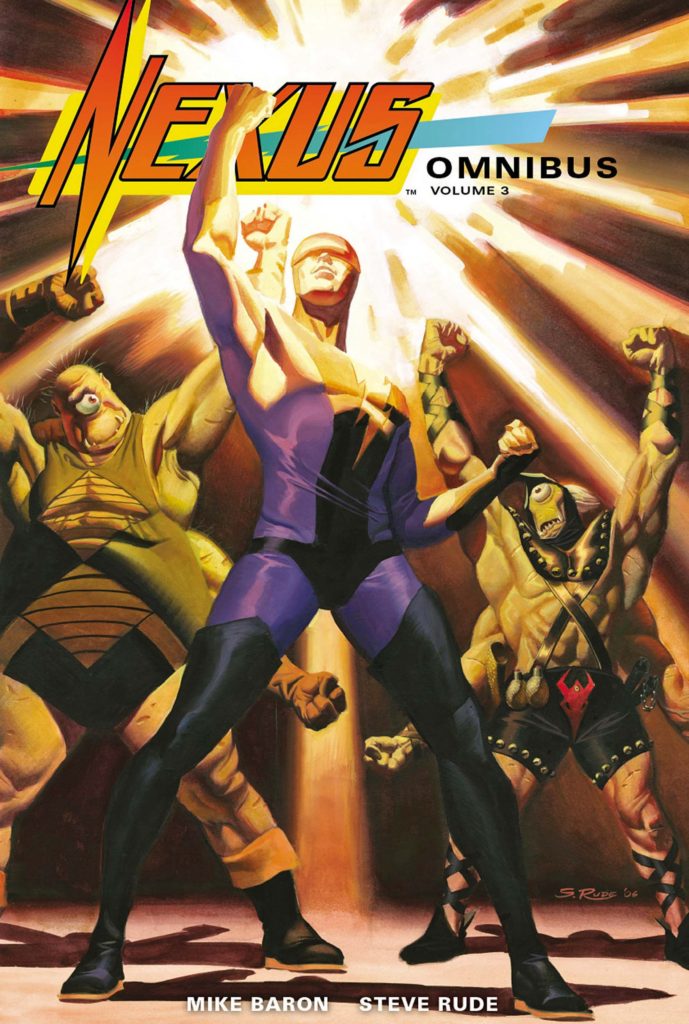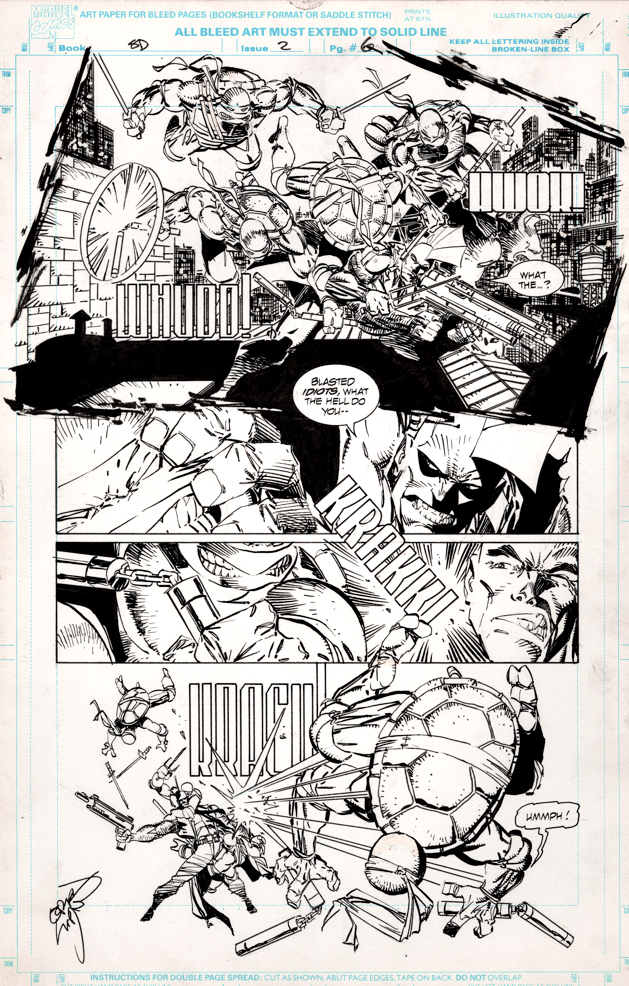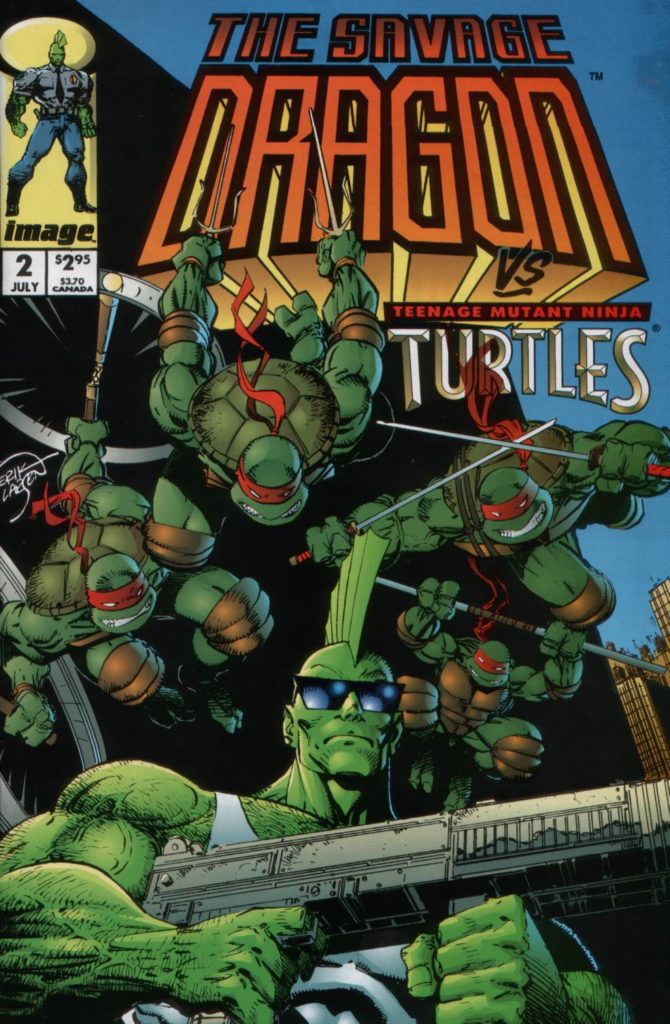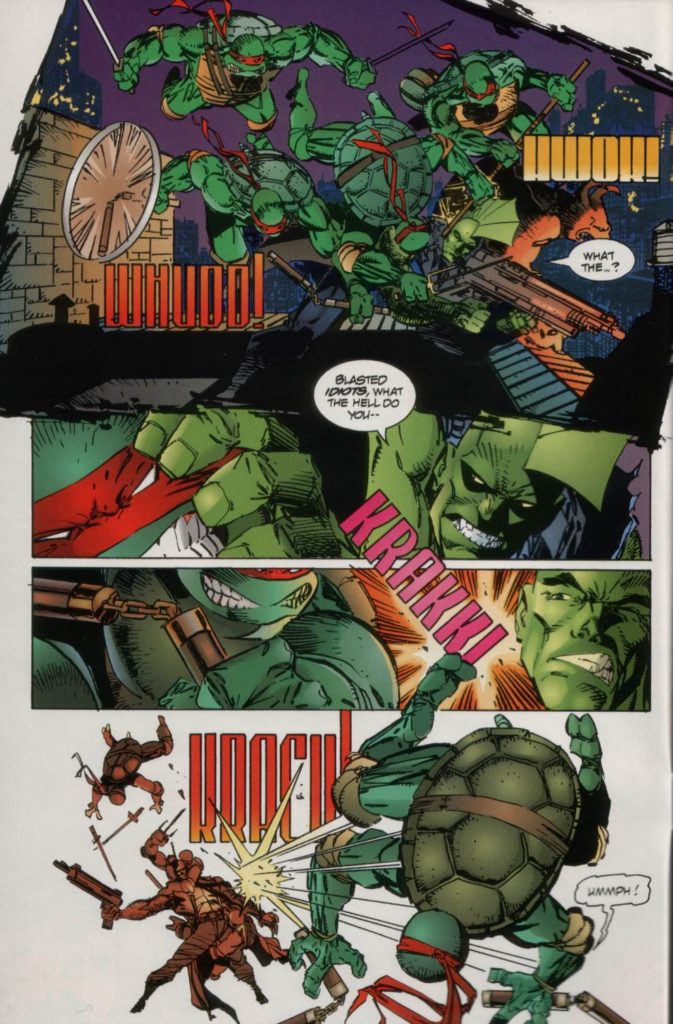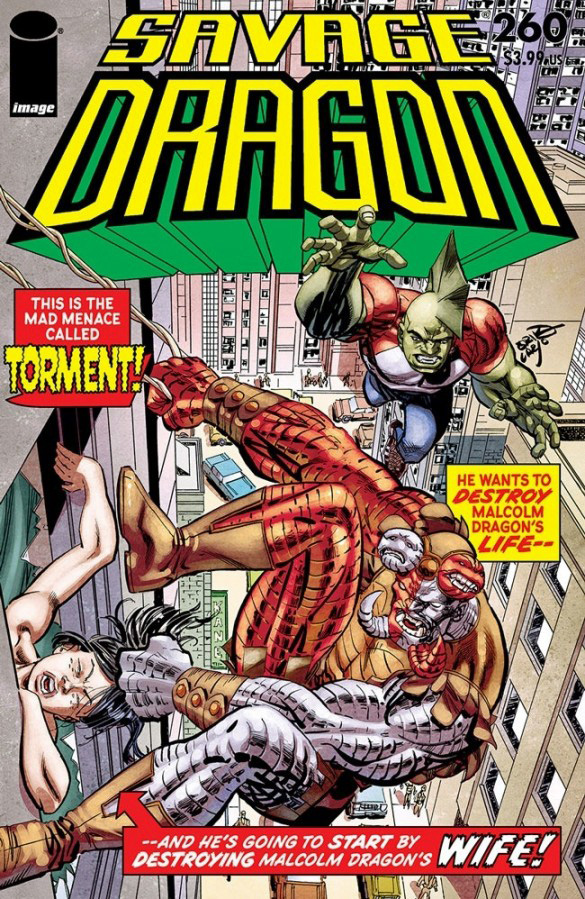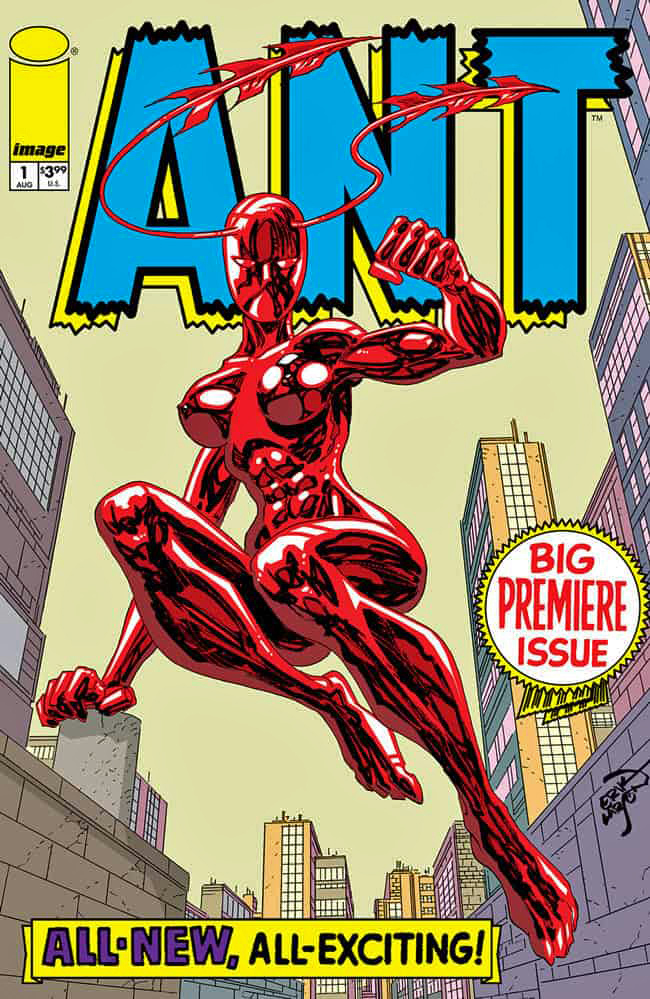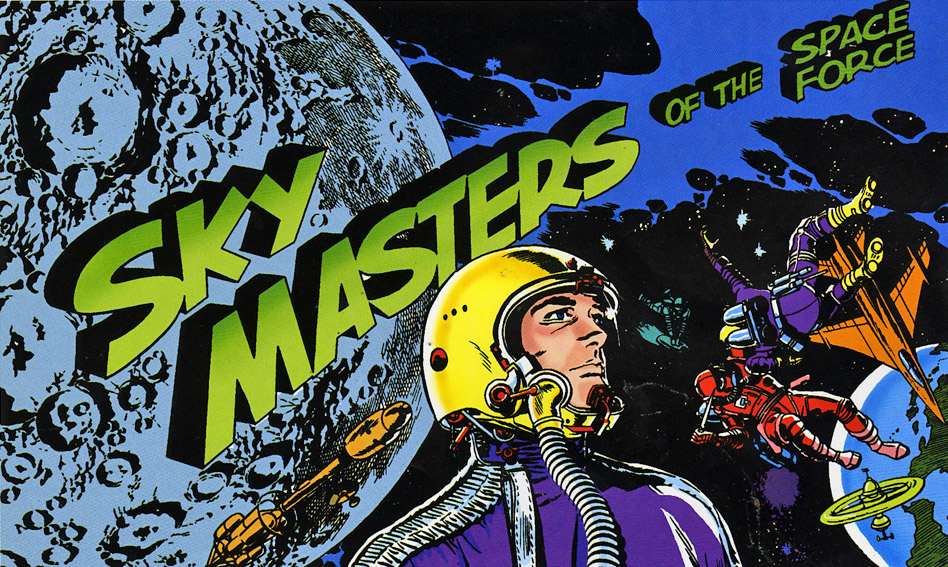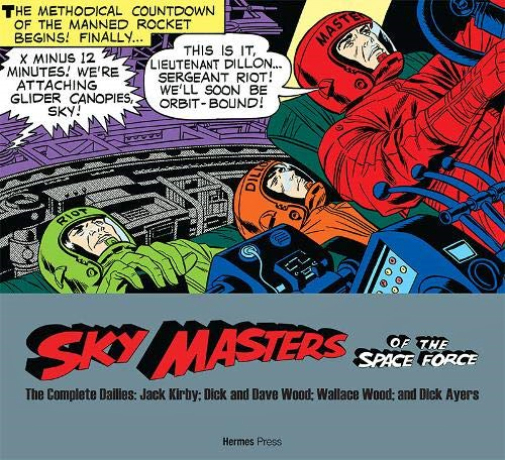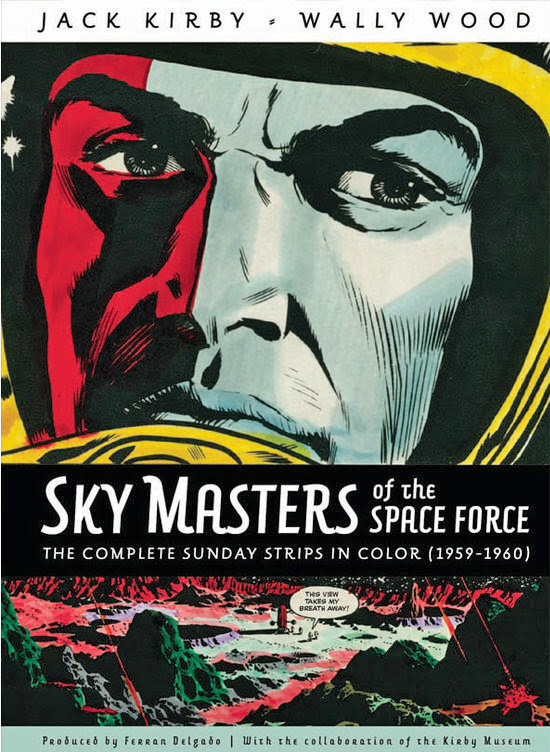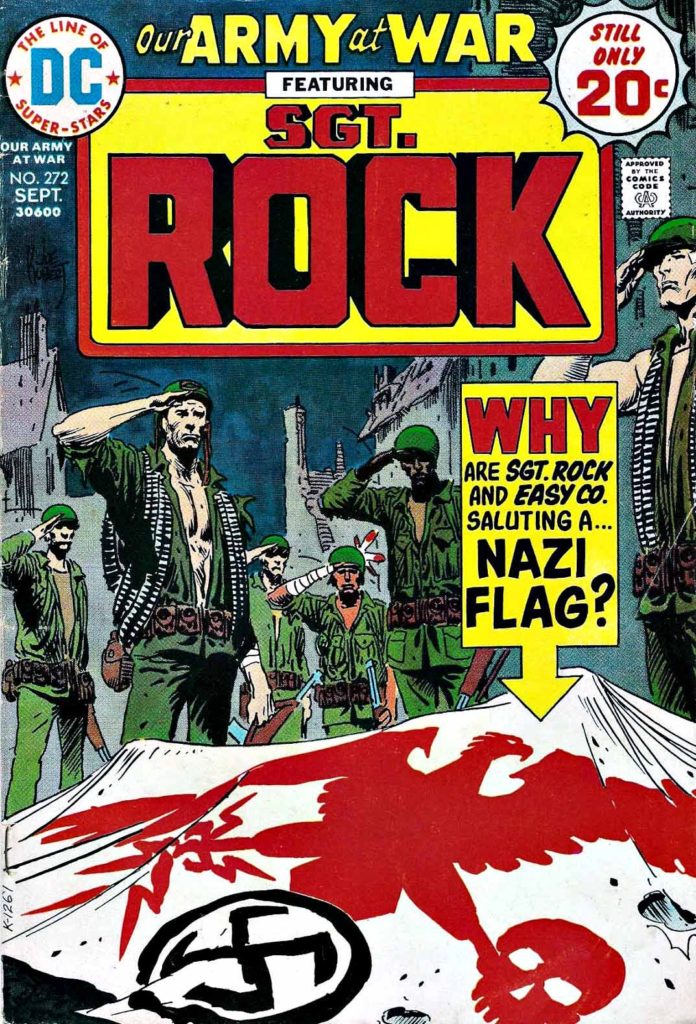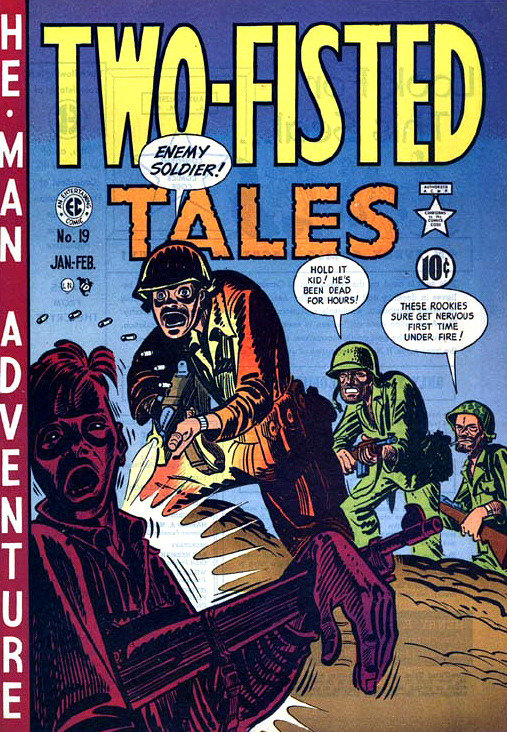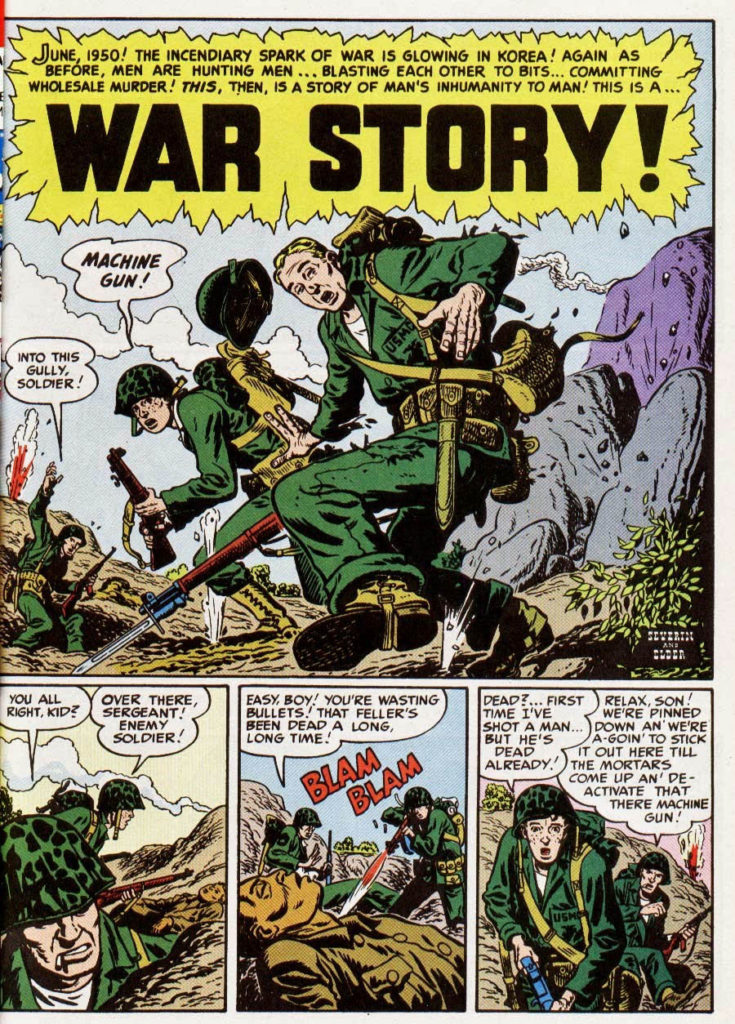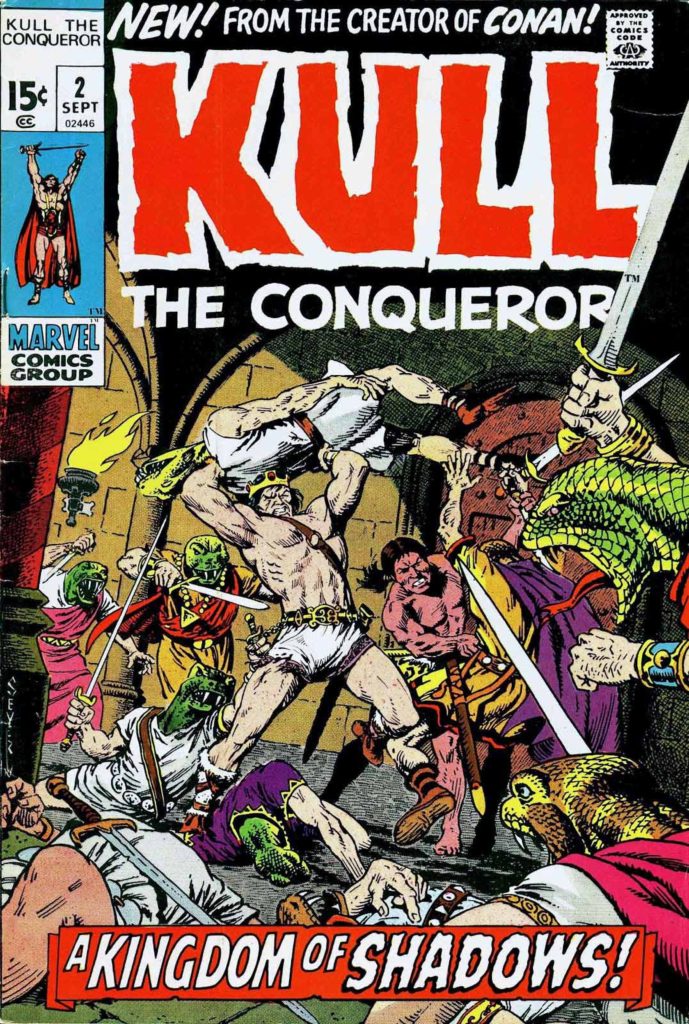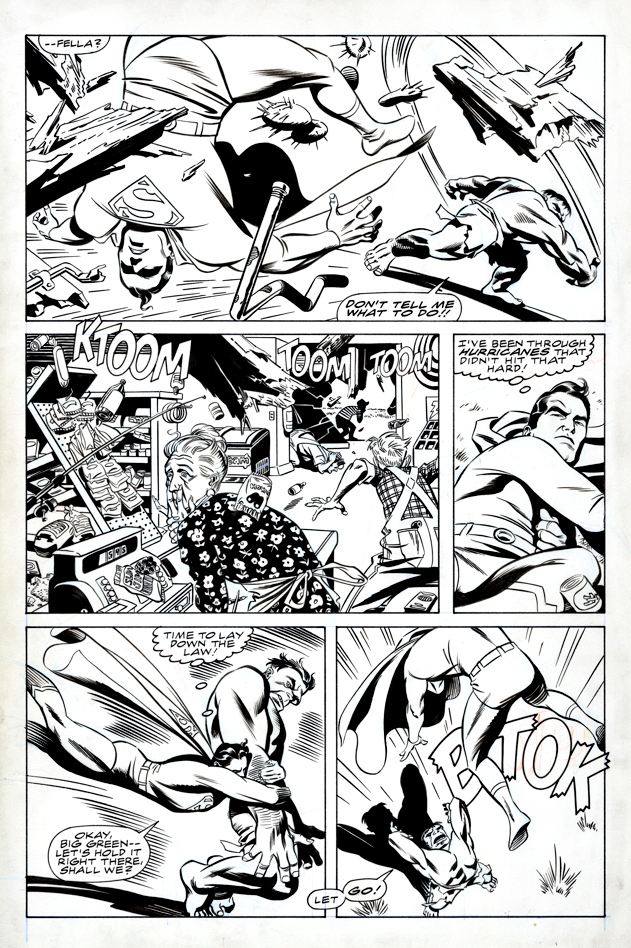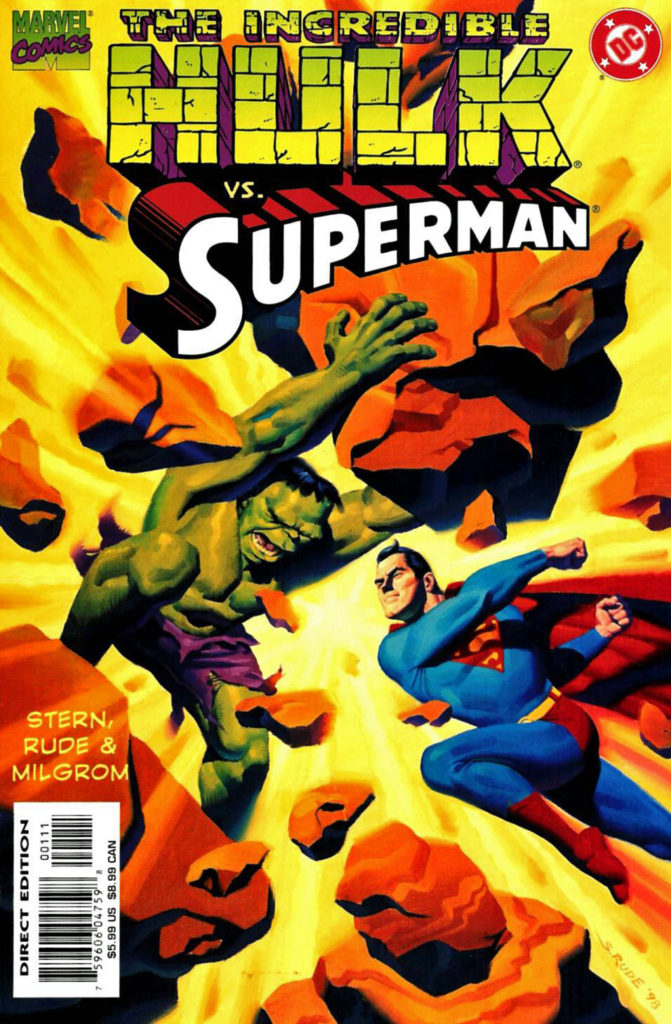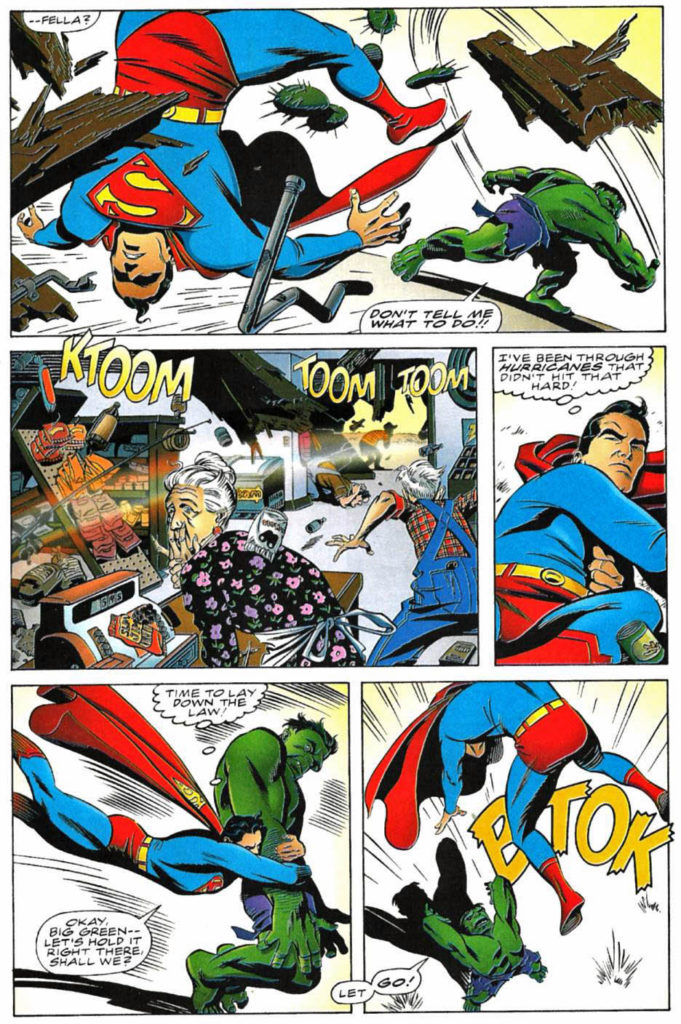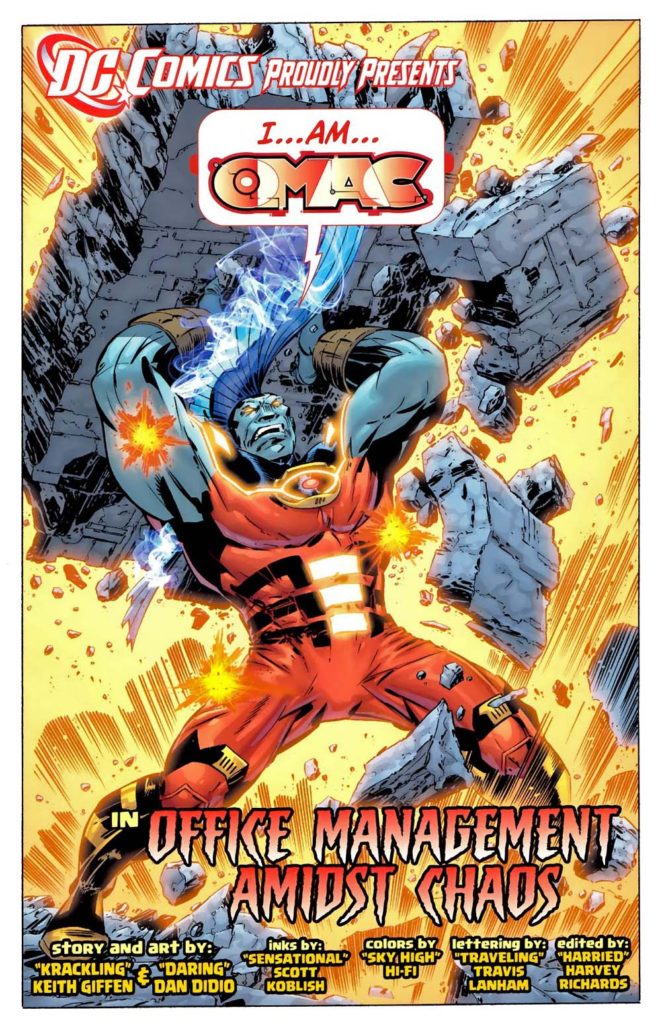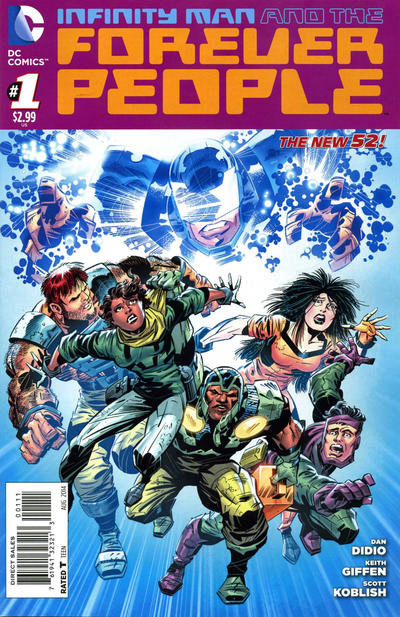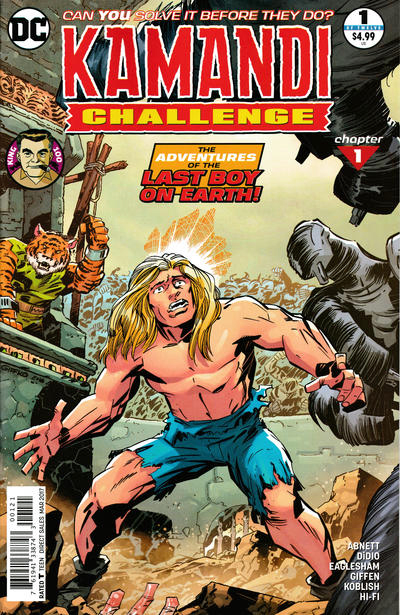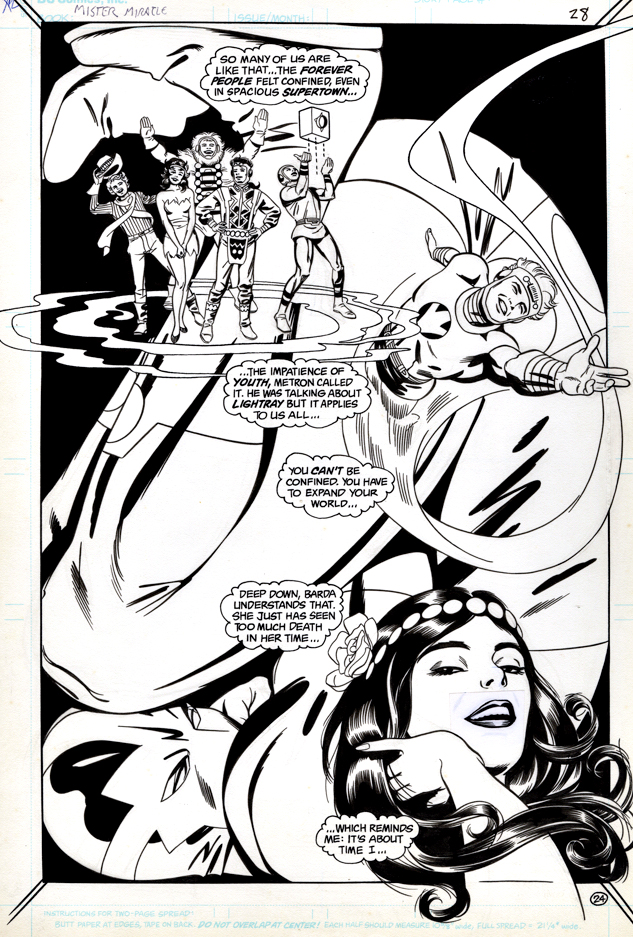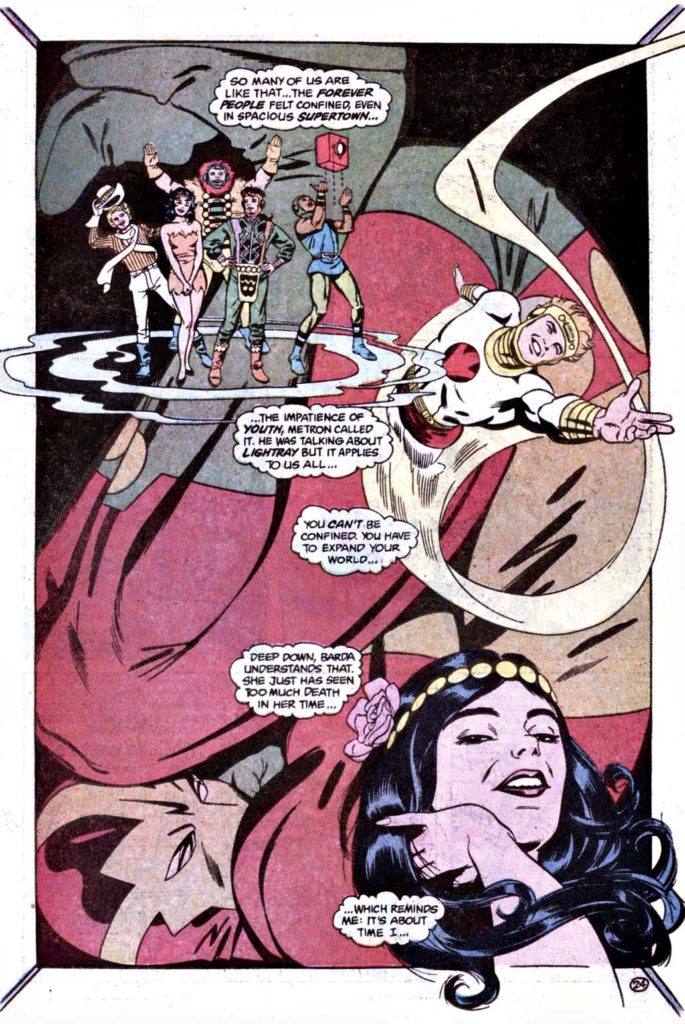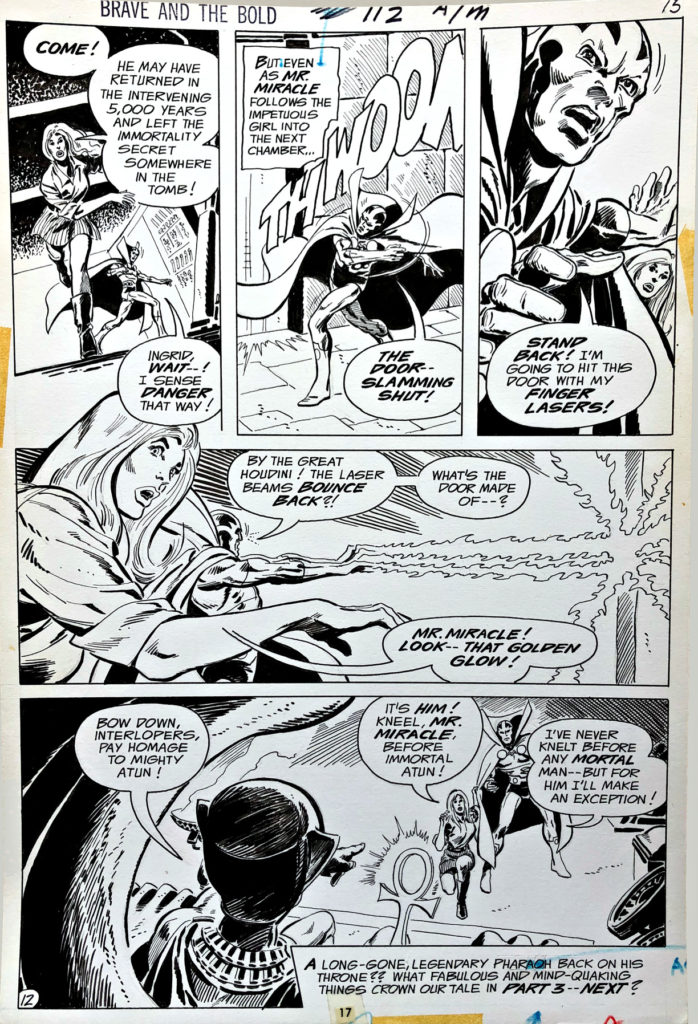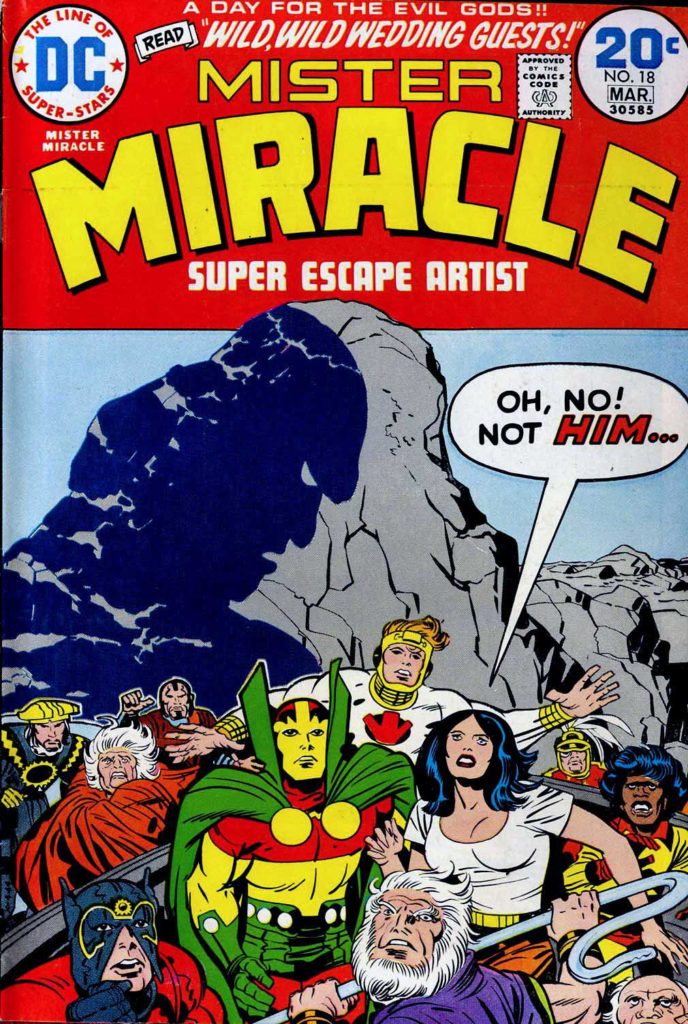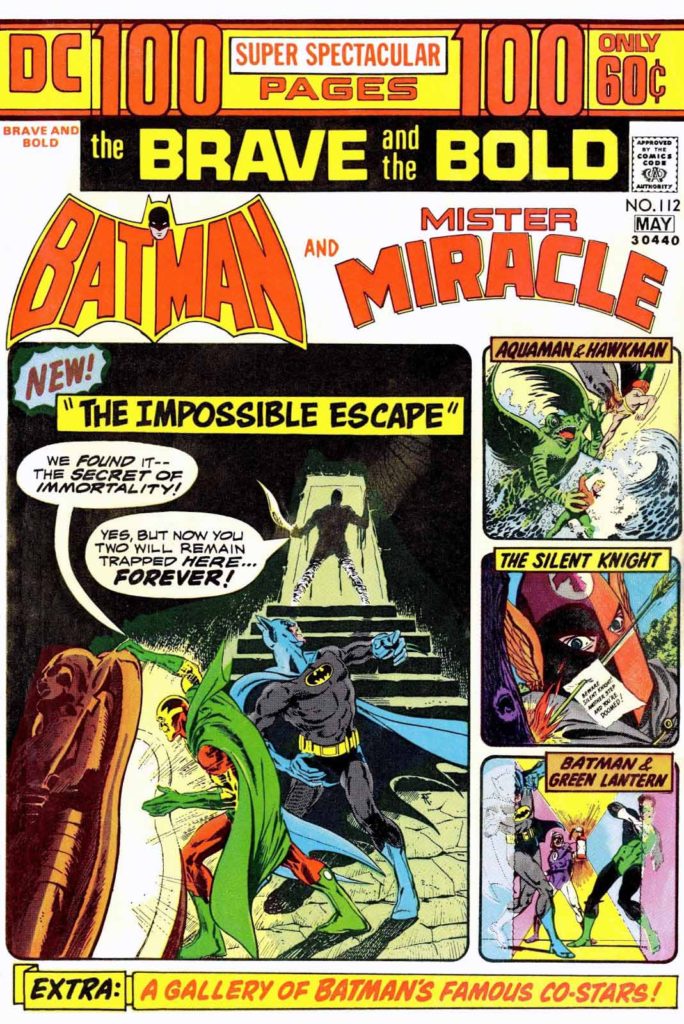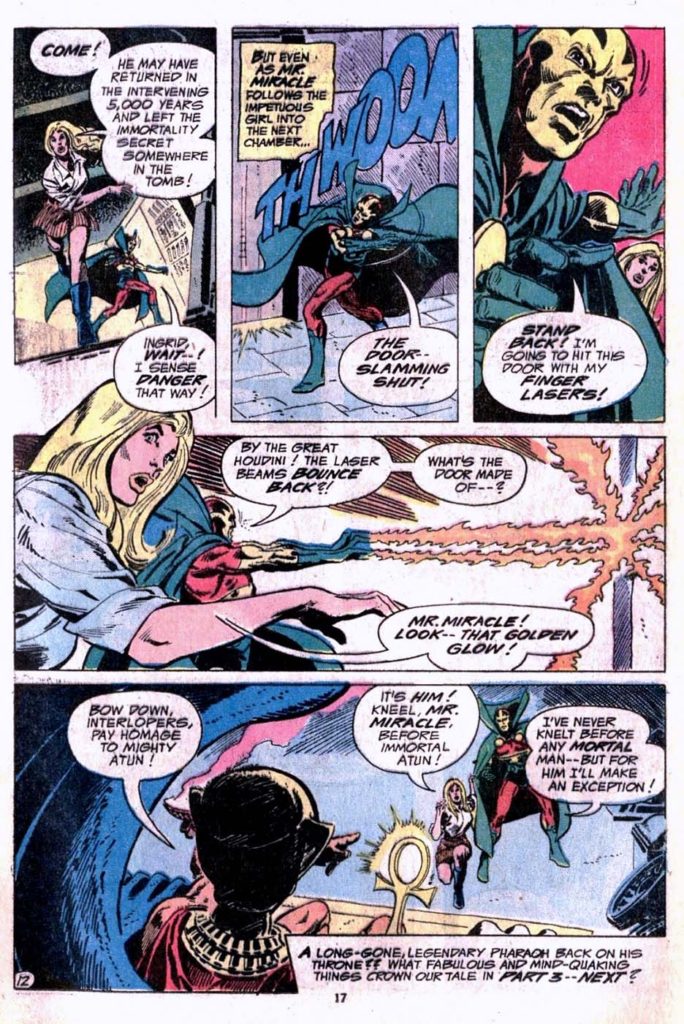Steve Epting — It Was Sixty Years Ago Today…
Fantastic Four #586, February 2011
One comic book. One grasp (and possibly a final one) at straws for a struggling comic book publishing company.
Sixty years ago today, Fantastic Four #1 hit the newsstands.
DC had slowly started its own superhero revival five years prior with the appearance of the Silver Age Flash. By the time the FF appeared, DC had establishes enough heroes to create a Justice League team comic book.
Heck, even Archie Comics launched some superhero titles (The Fly, The Shield, etc.) ahead of Marvel.
But Fantastic Four made an impression. Flawed heroes, who barely got along with each other? Fearsome Foes and supporting characters? Continuity, for goodness sakes?
Talk about late to the party — but making an entrance.
Within a few issues, Fantastic Four was the first, and ultimately greatest, soap opera saga in comics. And it didn’t take much longer for Jack Kirby to fully establish himself as the greatest visual storyteller the medium had ever seen, and for Stan Lee to become the greatest showrunner (and, for better or worse, showman) in comics’ history.
The original stories, of course, were much less complex and sophisticated than they are today. (As were the readers.)
Example: This great Steve Epting splash page from issue #586 is from a story that features time travel conundrums and a multiverse gone somewhat amok.
Heady stuff. But you should expect nothing less from Marvel’s First family.
The World’s Greatest Comics Magazine, indeed.

